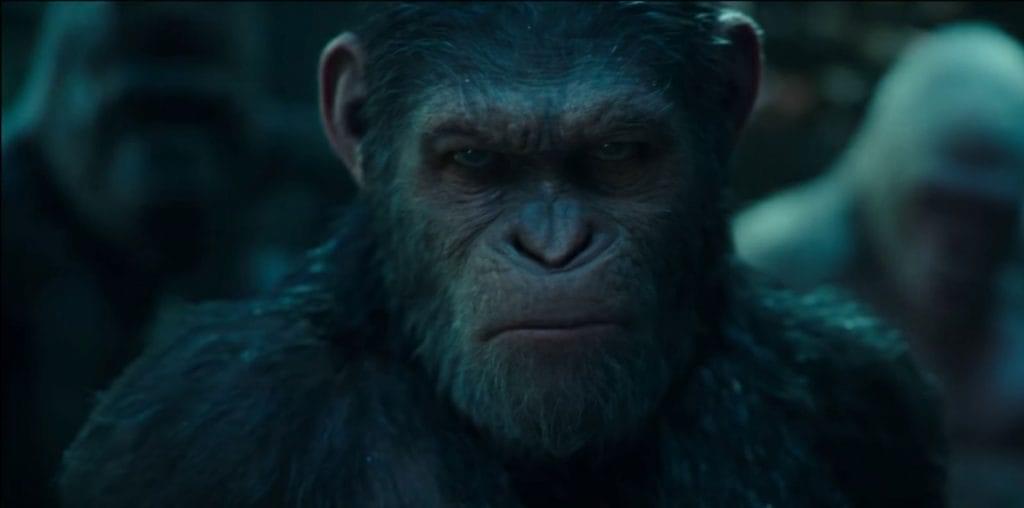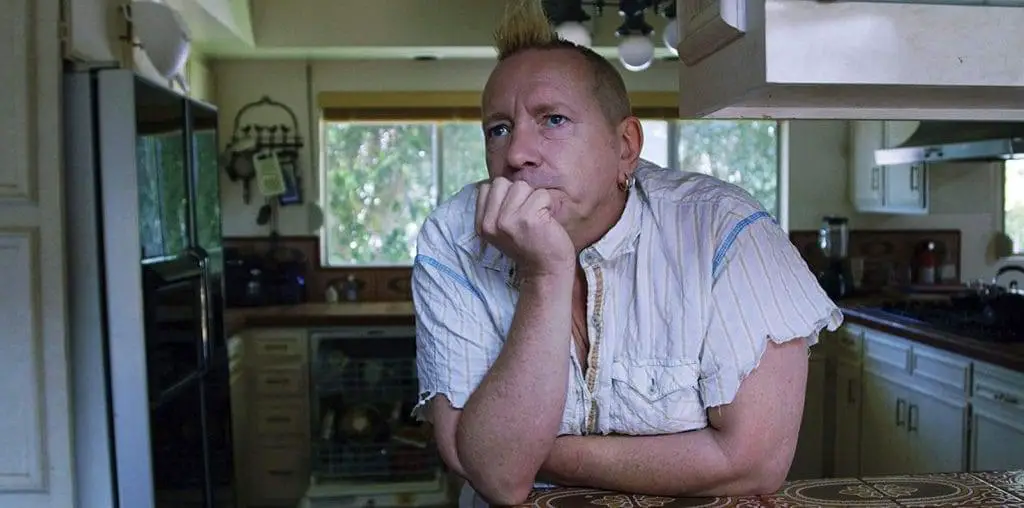
He cried in a whisper at some image, at some vision—he cried out twice, a cry that was no more than a breath: “The horror! The horror!”
—Joseph Conrad, “Heart of Darkness” (1899)
Had Conrad lived today, the infamous, shadowy Kurtz may well have been commenting on Universal Picture’s “The Cat in the Hat,” a movie that has single handedly turned a wonderful and uniquely American icon into a foulmouthed, shameful marketing tool.
The good news? Cat clocks in at 74 minutes. The bad news? You can never get them back. The movie is so bad, in fact, that I am hands down calling it the worst movie of 2003. Yes, one hundred “Gigli’s” (a movie, which, despite the bad press was not that bad) before one “Cat in the Hat.”
Since its debut in December 2003, “Cat in the Hat” has domestically grossed more than $100 million, according to IMDb. Recently, however, the movie has caught the eye of the Razzies, or Golden Raspberries, the awards begun in 1980 to identify the year’s worst movies. “Cat in the Hat” has received eight nominations (only one less than “Gigli”), including worst picture, worst actor (Mike Myers) and “worst excuse for an actual movie.”
The film is set in the city of Anville, an almost psychedelic version of the town that is the setting for “Edward Scissorhands” (1990). Its residents are color coordinated with everyone (and everything) else. This might be thanks to Bo Welch, who was production designer for both “Cat” and “Scissorhands”. The movie’s palette, in fact, gives Anville a 1950’s “Tupperware” vibe. Some other odd things about Anville: only rotary dial telephones are allowed in Anville, and everyone drives a Ford.
The movie is about two children, Conrad (Spencer Breslin), an overweight slob, and Sally (Dakota Fanning), a hyper-achiever, who are left home alone by their mother (Kelly Preston) and with nothing to do. Enter the Cat, played by Michael Myers. He spends most of the movie wrecking the house, quite literally turning the place inside out, and teaches the children that they too can, well, wreck the house and turn the place inside out. Sally and the family’s pet fish (voice by Sean Hayes) object to the cat’s methods—and madness—but the Cat’s insanity prevails.
The movie has one subplot: Mom is dating their neighbor, Quinn, played by Alec Baldwin. Quinn and Conrad, for whatever reason, do not get along, and we taste their antagonism from the beginning. If the theme “son of the wooed woman disliking the wooer” is not formulaic enough, we also learn that Quinn is pressuring Mom to send Conrad away to military school.
Yes, military school.
As the plot trudges along, we realize all too soon (because we’ve read the book, and because the movie makes the plot that predictable) that after damaging the house beyond recognition, the end of the movie will come when the Cat returns it to its original state. After, of course, causing sufficient harm to the Alec Baldwin character for having the audacity to 1) date Conrad’s mother and 2) even dare breathe the word “military school”. I will not spoil the ending for you.
If it ain’t broke
In the process of adapting the book into the movie, some changes have been made which have resulted in a disrespectful, dumbed down version of Dr. Seuss’ original material. Change is not something intrinsically bad, but in this case the changes simply do not work.
The book, for example, is really about two children who, for whatever reason, are home alone on a rainy day, and the joys that can be had playing inside, using one’s imagination. The message? Just because you’re physically locked up, so to speak, does not mean that your imagination should be locked up as well. The rainy day, however, is a necessary premise on which the whole story rests.
In the movie, however, it rains, but the rain is unnecessary because 1) Mom has grounded Conrad, prohibiting him from going outside, and 2) the weather clears up as soon as the plot needs it to. The movie does give us the obligatory tableaux of the two children, elbows on the windowsill, hands against their cheeks, both looking aimlessly out the window into the rain—but once the plot determines they have to go outside to cause mischief and mayhem, or to find a lost article, the weather magically clears up, and out they go.
Another example involves the children themselves. In the book, readers will notice that the two children actually act as one unit; Dr. Seuss did not distinguish between them. A child is a child, and both children were likewise torn between the anal-explosive cat and the anal-retentive fish. The fish acted as the Freudian superego, or mother substitute, countering the id of the Cat.
In the movie, however, the children are given strikingly different personalities: the Type-A Sally, and Type-B Conrad. And it is the list-making, prim and proper Sally who tempers the maniacal Cat, instilling doubt in the audience’s mind as to his motives and parroting the words of Mom not to do this or that. The Sally character makes the fish not only superfluous, but nothing more than an annoying side note who chimes in only after we’ve forgotten about him.
The “un-comedy”
The ultimate irony of this movie, billed as a comedy, is that it is not funny. One scene where Myers plays opposite himself, parodying infomercials, is reminiscent of his work from “Saturday Night Live,” and that was about as funny as it got. The sketch, however, had nothing to do with the movie, and was anachronistic to everything that came before and after it.
The amount of toilet humor surprised me, and made me wonder who really was the target demographic. It is not funny for adults, unless they happen to like scatological humor, and the lines are phrased so that children won’t get it.
The movie was so “not funny,” in fact, that a laugh track would have been helpful, as a cue, since I did not know when to laugh.
To make it worse, before watching “Cat,” I saw an omen in the form of a movie trailer of what to expect from our cinematic pantheon in 2004: “Scooby Doo 2.”
“The horror! The horror.”

